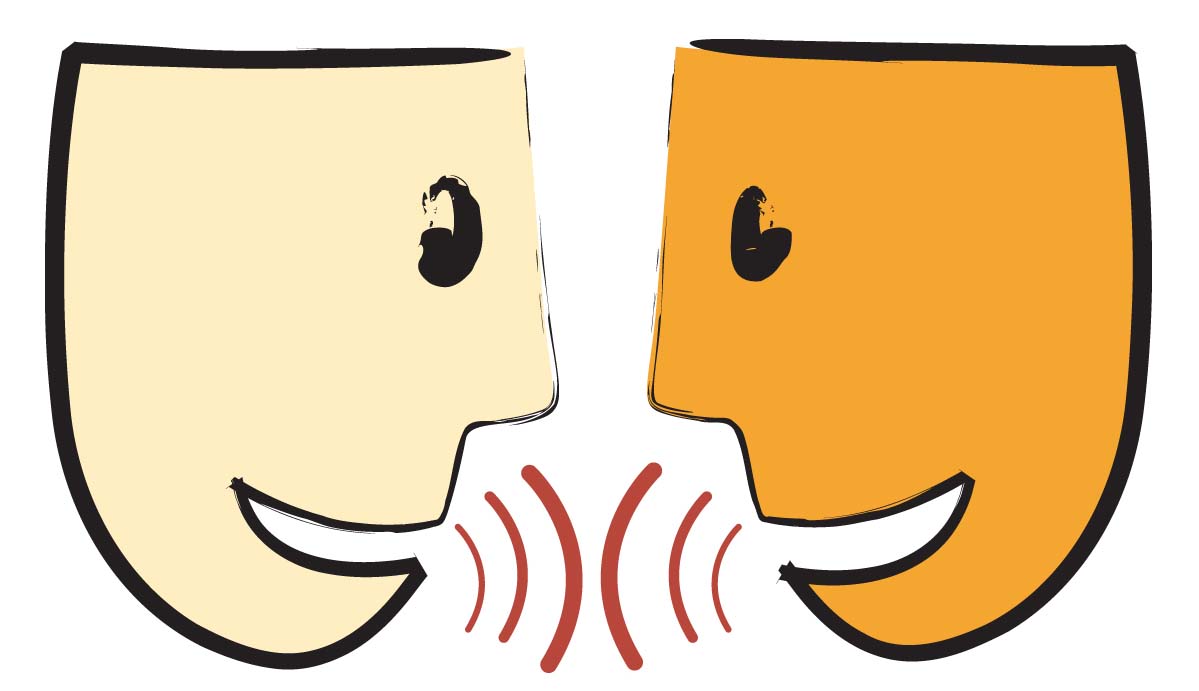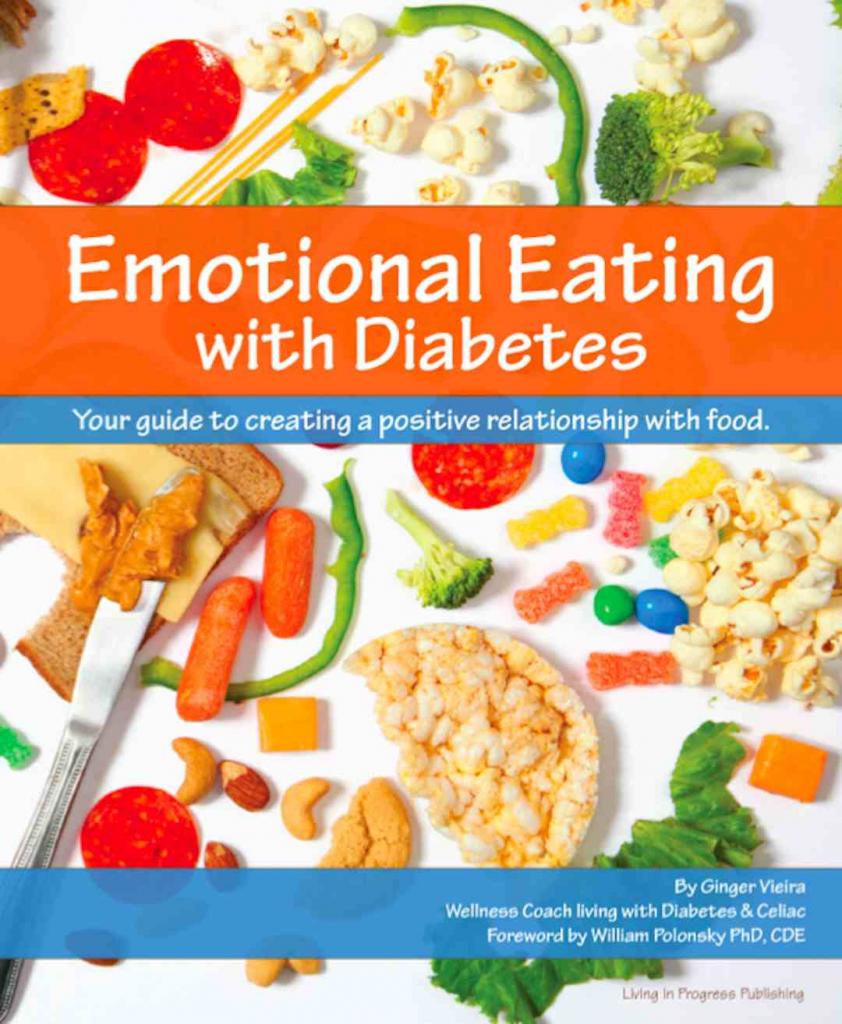Dialoging about Diabetes: PWDs Offer Ways to Improve Communication and Care #6 Ginger Vieira
 As a diabetes educator/healthcare provider (DHCP) I’m observing that the rapidly growing world of the Diabetes Online Community, the DOC for short, is helping people with diabetes (PWD) and their loved ones find support and feel supported. People are connecting, building relationships and feeling more positive about the challenges of managing their diabetes. I’m delighted to see this trend!
As a diabetes educator/healthcare provider (DHCP) I’m observing that the rapidly growing world of the Diabetes Online Community, the DOC for short, is helping people with diabetes (PWD) and their loved ones find support and feel supported. People are connecting, building relationships and feeling more positive about the challenges of managing their diabetes. I’m delighted to see this trend!
As a DHCP I’ve long realized that I can’t walk a mile in a PWD shoes. I can’t know what it is like day in, day out to deal with this challenging and relentless disease. But, what I do know is that we can learn from each other to change the dialog between providers and PWD to be more positive, more supportive.
Goal one with Dialoging about Diabetes interviews with diabetes activists is to help make living with diabetes…just a bit easier. Goal two is to enhance the two-way street – to help more PWD get connected and encourage more DHCPs to open the doors of social networking to PWD.
Here’s my dialog with Ginger Vieira, a PWD for 14 years who’s also had celiac disease for 13 years. By day Ginger is a Diabetes & Wellness Coach at Living-in-Progress.com. Ginger shares her learnings and expertise in her two books, Your Diabetes Experiment and Emotional Eating with Diabetes which we discuss here.
HW Q: In your role and experience as a certified Diabetes & Wellness Coach working with PWD, what are your most important learnings about what PWD  want/need from their DHCPs?
want/need from their DHCPs?
GV A: Understanding and room to be imperfect! (HW: LOVE THIS!!) It is impossible to be perfect with diabetes management. Even simply underestimating the grams of carbohydrate in an apple and taking just slightly too little insulin for those carbs, can cause a PWD to have a high blood glucose. All too often, I’ve heard doctors say things like: Well, gee, you were high on Tuesday the 18th at 2 p.m., what happened here? What I wish they’d ask instead is simply: How can I help you today? Then PWD can explain challenges they’re really facing…versus just analyzing any “imperfect” blood glucose readings.
HW Q: What personal experiences as well as experiences coaching PWD led to your writing Emotional Eating with Diabetes and what do you hope to achieve/convey with the book (which is in essence a workbook)?
GV A: I wrote this book after developing a series of steps and philosophies about food in life with diabetes. Nearly every client with diabetes I’ve coached comes to me with the same struggles around food. It doesn’t matter if they are young or old, skinny or overweight, American or Australian…living with diabetes leads you to feeling an immense pressure to eat perfectly healthy. We can’t be perfect –period. So PWDs often abuse food in an attempt to a) Rebel against the rules, b) Tell the world, and diabetes, that it can’t control you, c) You know you can’t be the “perfect diabetic” like everyone expects you to be, so you feel defeated, run out of willpower and end up abusing food when you finally eat something “bad.” This kind of behavior is SO common. Emotional Eating with Diabetes also covers how we abuse “good food” or “junk food” during hypoglycemia and how to break this pattern. In the end, it’s all about enjoying food, even treats and junk food, and learning how to feel empowered by your choices, rather than guilty for not being perfect.
HW Q: In your book Emotional Eating with Diabetes you and other members of the DOC describe in vivid, cut to the chase detail the added challenges having diabetes bring to the literal table. I was struck by these. Can you offer a brief synopsis of these?
GV A: I asked several people in the DOC whom I admire to share their stories about life with diabetes around food because everyone’s story is so different!
- Ann Bartlett (Twitter: @annbartlett) shared how she experimented with every regimented eating lifestyle (macrobiotic, vegan, and now she eats what she wants…with joy!).
- Scott Johnson (Twitter: @scottkjohnson) and George Simmons (Twitter: @ninjabetic) both shared a similar story of truly feeling controlled by their relationship with food and the daily struggle that it brings to their lives. They’re both gradually overcoming this struggle.
- Cherise Shockley (Twitter: @sweetercherise) shared her approach to enjoying a cupcake! She’s come to a place in her life where she can eat a cupcake, count the carbs, take her insulin, and feel good about her decision to treat herself to a cupcake.
HW Q: With these food/eating challenges in mind, how can DHCPs be most supportive and helpful to PWD in their nutrition management counseling?
GV A: What I know does NOT work is simply telling a PWD client to eat a certain diet and avoid x,y and z foods. Instead, talk about starting with small, realistic goals. Make ONE behavior change at a time. Focus just on a breakfast. For example: see what changes the PWD is ready, willing and interested in making at breakfast. If they can make that change for a few weeks, then have them take it to the next step. I love using this behavior change process with my clients—it’s really about asking the client what they are ready to do based on their lifestyle, their taste buds, and their readiness for creating a small or large changes. HW Q: What in your heart do you want this book to accomplish for PWD and DHCPs?
HW Q: What in your heart do you want this book to accomplish for PWD and DHCPs?
GV A: I hope that through reading this book, DHCPs gain a deeper insight into how destructive phrases like: You shouldn’t eat x,y, or z ever again! A,b,c food is bad for diabetes! I hope DHCPs understand the immense impact diabetes has on how PWD think about food at every single meal or snack.
For PWD, my goal is absolutely to help people create a relationship with food that allows them to enjoy food, make choices, feel in-charge of their choices, and understand how to make room for treats that they enjoy. I want PWD to create a relationship with food that leaves them feeling empowered and never deprived.
HW Q: What messages do you have for PWDs about more actively communicating what they need from their DHCPs?
GV A: Speak up! They are humans and can’t read our minds. If you don’t like something they’re doing or if they aren’t realizing you really need more help in a certain area of diabetes management, tell them! I recently told my DHCP that I didn’t want to share my glucose meter results anymore, because it made me so annoyed when she over-analyzed a single high blood glucose that I know was merely the result of eating a humongous apple! And she was okay with that. My A1C is below 7, I exercise, I’m taking my insulin and checking my blood sugar 8+ times a day…so she understand that for me, it’s okay if she doesn’t analyze every single number.
HW Q: How did you first become engaged in the DOC? How has being engaged in the DOC enriched your life and helped you with your diabetes care/control?
GV A: Oh, a long time ago! I started blogging for a health website that now doesn’t exist. During that time I set 15 records in powerlifting and built my niche in the fitness area of the diabetes community. Today, I’m friends with over 3,600 people who live with diabetes on Facebook, many of whom are genuine friends. They are people I can and have reached out to at any time if I need support, help, or a laugh with someone who knows exactly what life is like with diabetes. The DOC is an amazing community that PWD don’t even know exists until you are part of it. I love adding new friends on Facebook who aren’t part of the DOC and introducing them on my Facebook page. Within the day, they have 30 or 40 new diabetes friends. The peer support of the DOC is invaluable.
HW Q: Do you have a few tips for DHCPs to encourage PWD to find their point of entry in the ever-growing DOC?
GV A: Reach out to at least one person in an online community. Get comfortable with a few of us. We aren’t giving medical advice; we’re giving each other support, friendship, and a sense of understanding that you can’t find in your neighborhood, your office, or your school. Then, please recommend the DOC to PWD you work with. The connection is life-changing!
HW Q: How and where can we best keep track of and follow Ginger Vieira on, in and around the DOC?
GV A: You can find me at my coaching website, my new book website, my YouTube Channel, my Facebook page, on Twitter, Diabetes Daily articles, and TeamWILD.
HW: Thank you Ginger for all you do and all you give back to the diabetes community!!

